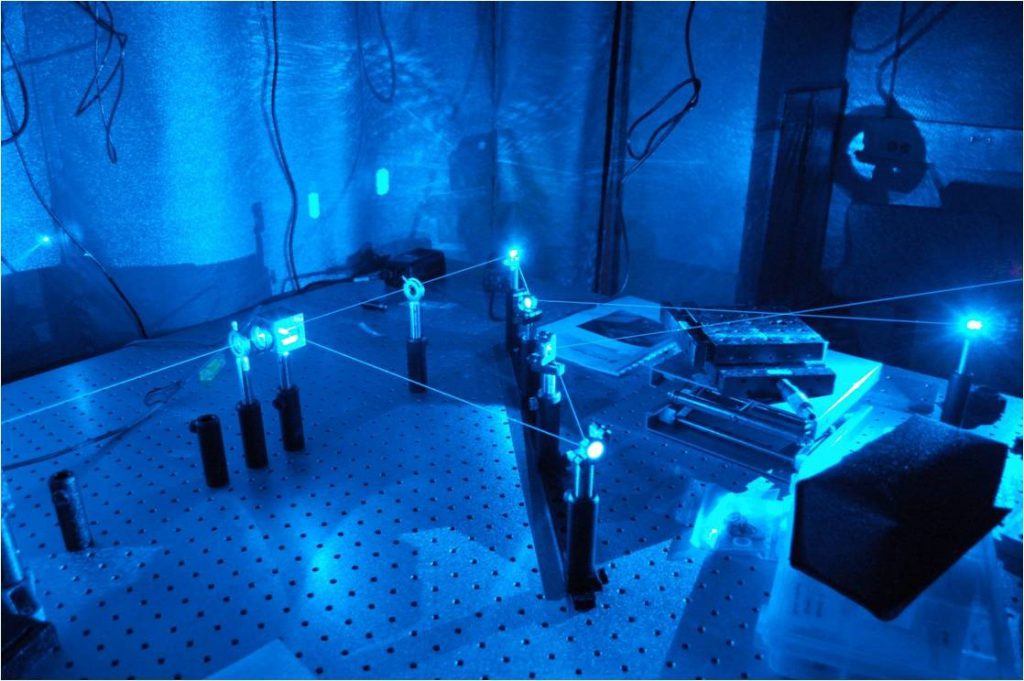
Associative polymers contain sticky groups along the chain that can reversibly bind through weak chemical or physical interactions to form a space-spanning gel network. The reversibility of the cross-links imparts these materials with intriguing properties, including stimuli-responsive and self-healing abilities. However, a fundamental understanding of chain dynamics within the network is limited due to the complex interplay between sticker association and strand relaxation. Using a combination of light and neutron scattering, fluorescence microscopy, and molecular simulation, we are studying self-diffusion and stress relaxation in various associative networks, including coiled-coil proteins and metal-coordination polymers. We also built our own rheo-fluorescence instrument for simultaneously measuring mechanical response and bond state in different polymer networks . We have recently shown that chains undergo several distinct regimes of anomalous diffusion on length scales from 1-100 times the molecular size, where the scaling of diffusion time and length-squared deviates from Fick’s law. Currently, we are focusing on the effect of polymer architecture, sticker density and clustering, and binding kinetics on chain diffusion across various length scales. Elucidating the mechanisms that govern molecular diffusion and overall network response can enable the design of materials for diverse applications, such as self-healing coatings, drug-encapsulating hydrogels, and tissue engineering scaffolds.
Highlighted Publications
1. Sing, M. K., Burghardt, W. R., & Olsen, B. D. (2018). Influence of End-Block Dynamics on Deformation Behavior of Thermoresponsive Elastin-like Polypeptide Hydrogels. Macromolecules, 51(8), 2951-2960. Link
2. Tang, S., Wang, M., & Olsen, B. D. (2015). Anomalous self-diffusion and sticky Rouse dynamics in associative protein hydrogels. Journal of the American Chemical Society, 137(11), 3946-3957. Link
3. Ramirez, J., Dursch, T. J., & Olsen, B. D. (2018). A molecular explanation for anomalous diffusion in supramolecular polymer networks. Macromolecules, 51(7), 2517-2525. Link